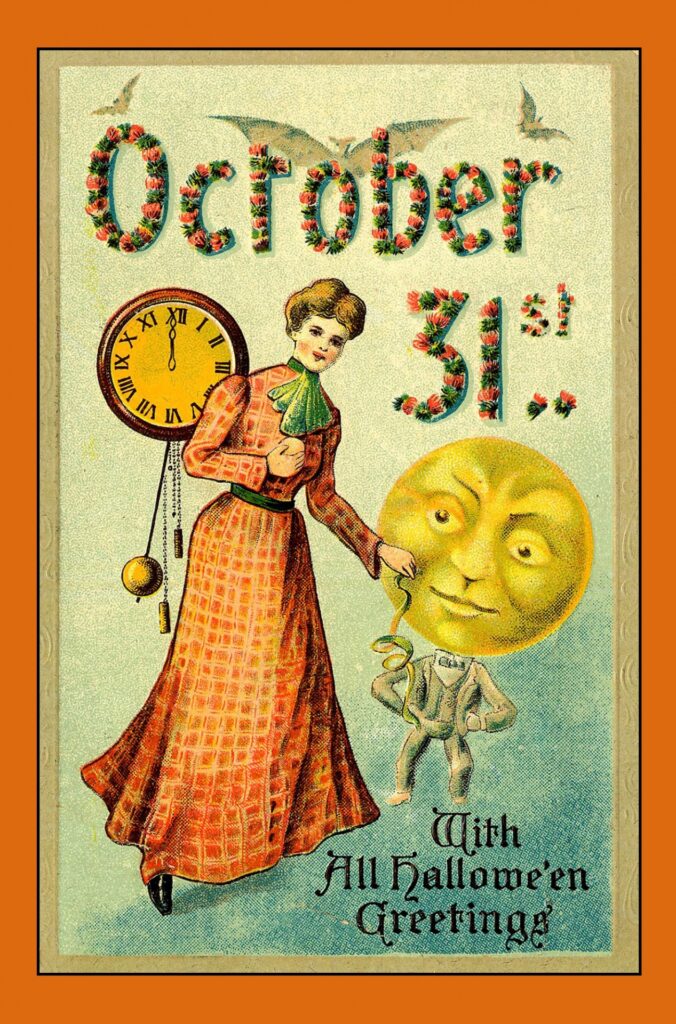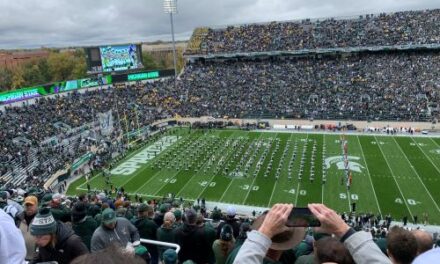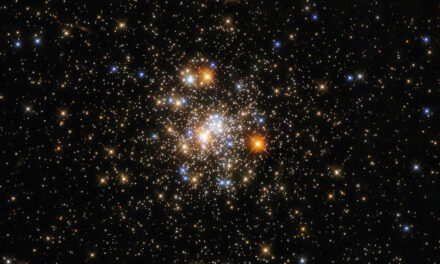Assistant Editor Connor Yeck: When something goes bump in the night, what do we reach for? The lights? The phone? The lock on the door? Why not a poem? (After all, the heaviest anthologies can be swung in self-defense.)
In this seasonal entry of “What’s Poetry Got To Do With It,” let’s wander the poetic corn-maze of verse that haunts, frightens, and provides the perfect reading material for October evenings.
If you’re like me, you watch horror films like clockwork once the weather begins to change (personally, I find them great as inspiration for writing), and there’s no shortage of poems that turn to pop culture to explore fears that are real and unreal, new and old.
Do you ever imagine squaring off against the living dead, or already have your escape route plotted à la The Zombie Survival Guide? Then you’ll definitely want to check out Burlee Vang’s “To Live in the Zombie Apocalypse.” Not only does the poem reimagine the wrenching moment of “turning” from human-to-ghoul:
Believe the brain is a cage of light
& rage. When it shuts off,
something else switches on.
But as readers, we’re invited to become survivors in a collapsed and ravenous world, a place where we must learn the rules, or perish:
There’s no better reason than now
to lock the doors, the windows.
Turn off the sprinklers
& porch light. Save the books
for fire. In darkness,
we learn to read
what moves along the horizon,
across the periphery of a gun scope—
the flicker of shadows,
the rustling of trash in the body
of cities long emptied.

For another take on popular horror, you might also read Kim Addonizio’s monster-filled “Scary Movies,” a poem that seamlessly blends childhood fears of the cinema with adult realizations of mortality (and, I think, perfectly embodies the D.A. Powell adage, “Who needs a scary movie when there’s scary life”).
The speaker begins with recollections of fantastic, movie-inspired anxieties—
. . . one Saturday
at the Baronet Theater where I sat helpless
between my older brothers, pumped up
on candy and horror
—and the fearful nights that follow:
when I’d come home and lie awake
. . . rigid in my bed,
unable to get up
even to pee because the undead
were waiting underneath it
By poem’s end however, this monstrous dread returns in the shape of the very real fears that haunt our waking lives—the ones that don’t vanish in the morning light:
I think of a friend’s voice
on her answering machine—
Hi, I’m not here—
the morning of her funeral,
the calls filling up the tape
and the mail still arriving . . .
I’m a sucker for any writing that explores the collision between the supernatural and the mundane, because after all, isn’t that the root of this season’s joy and dread—to think for a short while the distinction between our world and “somewhere else” has blurred?
Just as much as I enjoy poems that tap directly into fright, I find myself lured in by works where the macabre becomes strangely welcoming and benign. Henry Wadsworth Longfellow’s “Haunted Houses,” for instance, with its vision of homes crowded by spirits going about their days:
There are more guests at table than the hosts
Invited; the illuminated hall
Is thronged with quiet, inoffensive ghosts,
As silent as the pictures on the wall.
Or Winifred M. Letts’s “Hallow-E’en, 1915,” in which the speaker invites any lingering ghosts to come in from the cold and take a seat beside the living who miss them:
We have no fear of you, silent shadows, who tread
The leaf-bestrewn paths, the dew-wet lawns. Draw near
To the glowing fire, the empty chair,—we shall not fear,
Being but ghosts for the lack of you, ghosts of our well-beloved dead.
I read and reread these poems for the same reason I rewatch films like Coraline and Sleepy Hollow. They seem to exist in that place Ray Bradbury once called “the October Country,”—a land “whose people are autumn people, thinking only autumn thoughts. Whose people passing at night on the empty walks sound like rain.”
They’re gloomy, drizzly, fog-shrouded, but not without bursts of warmth—that balancing act of seasonal comforts and harsher weather, of pleasure and fear, what Carl Sandburg captures so simply in his “Theme in Yellow”:
I spot the hills
With yellow balls in autumn.
I light the prairie cornfields
Orange and tawny gold clusters
And I am called pumpkins.
On the last of October
When dusk is fallen
Children join hands
And circle round me
Singing ghost songs
And love to the harvest moon;
I am a jack-o’-lantern
With terrible teeth
And the children know
I am fooling.
Whether you’re in the mood to be frightened, or just looking for something to make you glad to be inside on a windy October night, I hope these selections lead you to revisit your autumn favorites this season—poems, movies, urban legends, or otherwise. And of course, from myself and everyone at The Cincinnati Review, Happy Halloween!











